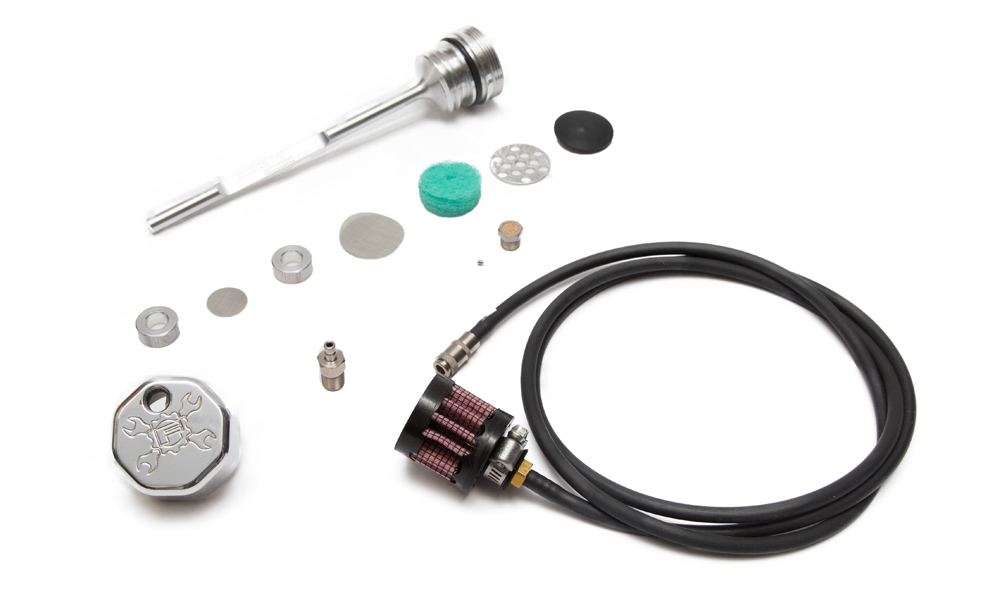

Make sure to take it seriously and have your car inspected by a professional as soon as possible. The Check Engine Light can be a simple warning indicator that a minor problem exists or a major problem that could cause serious engine damage. The best thing to do if the Check Engine Light comes on is to safely arrive to your destination and contact a local ASE certified mechanic. When the vacuum hose is broken or leaking, the sensor notices an increase or drop in pressure and will trigger the Check Engine Light to notify the driver that a problem exists. Today's modern engines are monitored by an ECU that has multiple sensors connected to individual components internally and externally. If you notice these symptoms, contact a local ASE certified mechanic so they can test drive and diagnose the problem for you. There are a few common systems that a broken, disconnected or leaking vacuum hose can cause. It's recommended by most ASE certified mechanics and automotive manufacturers to have the vacuum hoses inspected during each tune-up, or visually inspected when you change the oil in your car. When a vacuum hose breaks, becomes disconnected or has a leak, it can cause multiple mechanical failures, from simple engine misfires to causing full system shutdown. Like other mechanical components, they are also subjected to dirt, debris, gunk, high heat and other contributing factors that cause parts to wear out or break. All vehicles that travel the roads of the United States have vacuum hoses, which are connected to various supply points on your engine. In order to relieve this pressure and allow the combustion process to fire and expel exhaust correctly, vacuum hoses are needed. One of the side effects of a combustion engine is the buildup of pressure inside contained components.


 0 kommentar(er)
0 kommentar(er)
